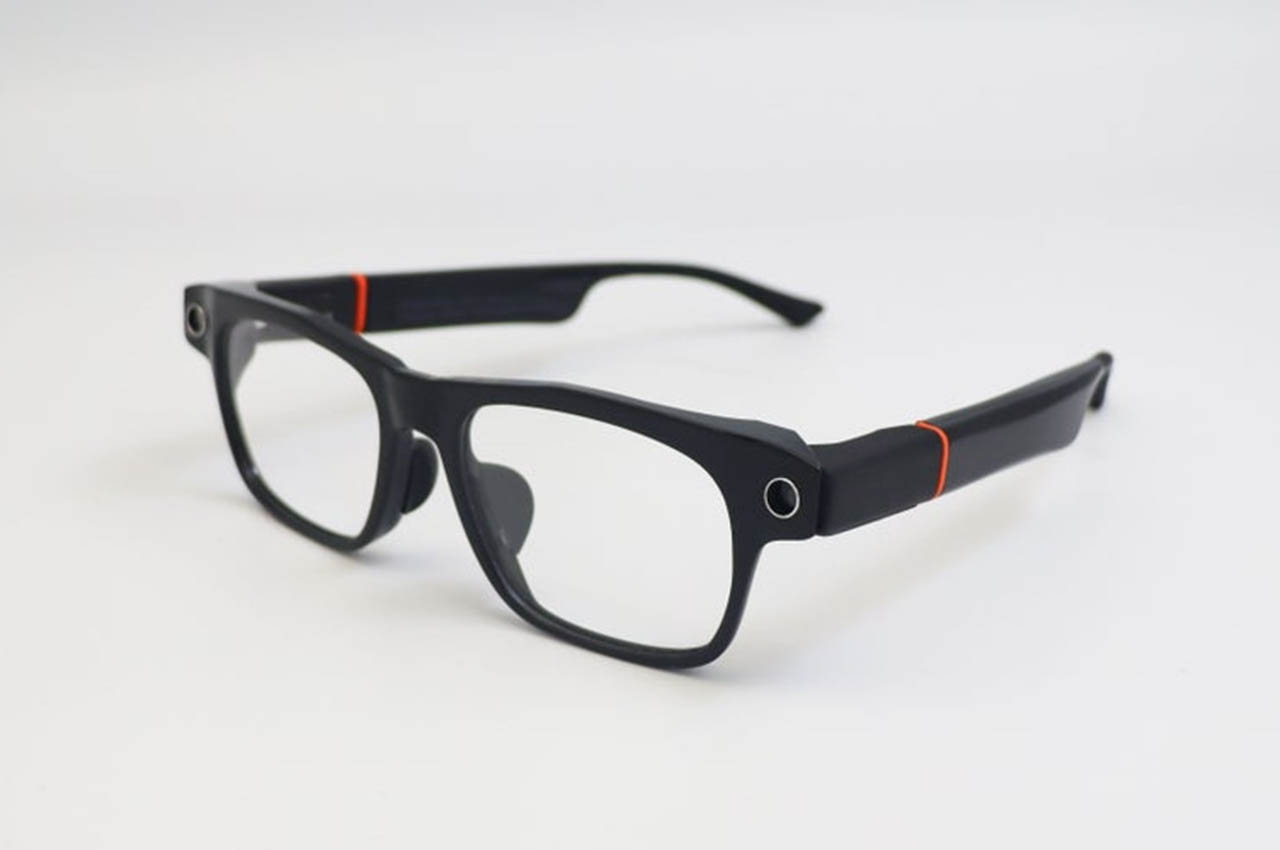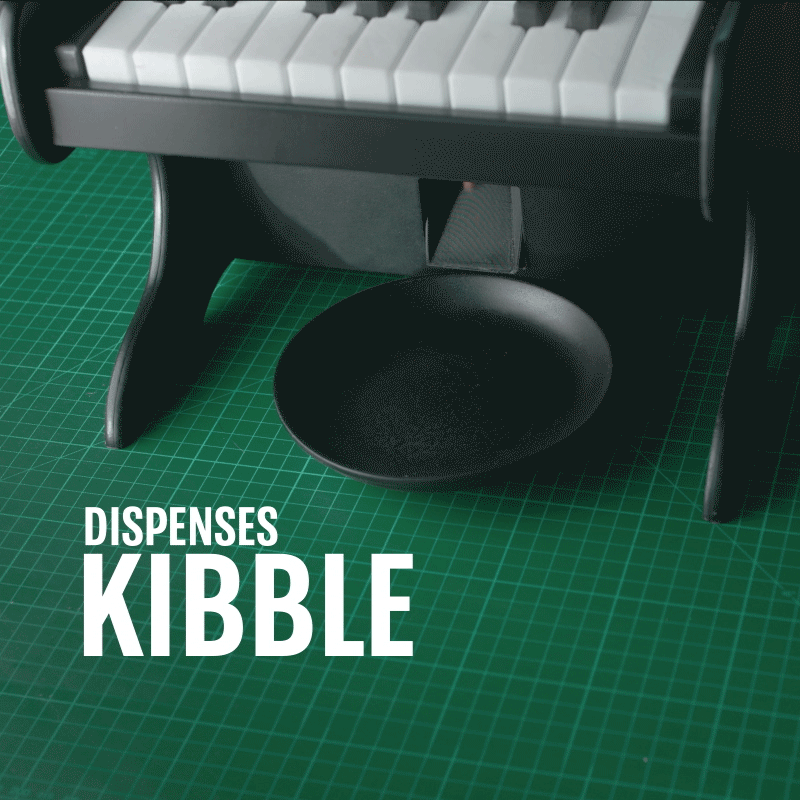
If you have been wanting a custom-built van home for your journeys around the US, Beachside Custom Vans has delivered 2024 AWD Mercedes-Benz Sprinter-based Fam Van: a van home for a family of five to travel together. A van that can accommodate five people seems a cramped-up idea that no one would want to invest in. At least, that was my perception in the beginning. But the way the Mercedes-Benz Sprinter, comprising a 170″ wheelbase, has been configured, I have a different take. When you reach the end of this article, I’m sure you will have a revised perception as well.
Atlantic Beach, Florida-based Beachside Custom Vans is known for designing van homes that rival tiny houses. The vans are custom-built for people, in a manner they want, to make life on the road smooth, comfortable, and feature-packed. These Mercedes-Benz Sprinter-based vans, including the Fam Van, are designed with accessories inside and an exterior that catches the eye at first glimpse.
Designer: Beachside Custom Vans


Offering seating and sleeping space for five people, along with a full kitchen, toilet, and enough storage sections; the Beachside Custom Vans’ Fam Van is a superior option for any adventure family. The exterior of the van is delivered in ceramic-coated gray and blue dual-tone. Its suspensions and wheel rims along with all-terrain tires facilitate off-the-road travel.


Even when the Sprinter is custom-designed for adventures off the road. It is not entirely off-grid. The van home is provided with 200 Ah batteries, a 3,000 W inverter, but there are no solar panels (presumably you should get it as an addon, if you may). Inside, the Fam Van is pretty spacious and open with oak plywood cabinetry marine vinyl flooring, grey upholstered wall paneling, and white ceiling with strip LED lights.


The front portion of the van home has seating for the family comprising the driving seat and a bench for other passengers. Overhead is a shelf featuring the van’s heater control panel and a touchscreen monitor. Moving back on the passenger side is the kitchen that features a white countertop, white subway-tiled backsplash, a countertop with a fold-away table, sink, fridge compartment, a pull-out pantry, and under-sink and overhead cabinets for storage.


The water of the Beachside Custom Vans family van home is managed by a 28-gallon freshwater tank and a 5-gallon graywater storage, which can be emptied appropriately on the press of a button. Opposite the kitchen are two large closets for storage along with a slide-out section for the dry-flush toilet. If you’re thinking of how to wash up and bathe; opening the two rear doors you can access an outdoor shower. Here a large drawer also slides out which you can use for various requirements, including keeping your gear.


When the day is over and the family wants to dine and retire, there is a dinette with a pair of benches and tables that can transform into a bed. The main queen-size bed hangs down from the ceiling, leaving good headroom for the sleepers on the couch below. The entire van home conversion is possible for $75,000.

The post Modified Mercedes-Benz Sprinter van doubles into a 5-Person Camper with Bunk Beds first appeared on Yanko Design.










































































